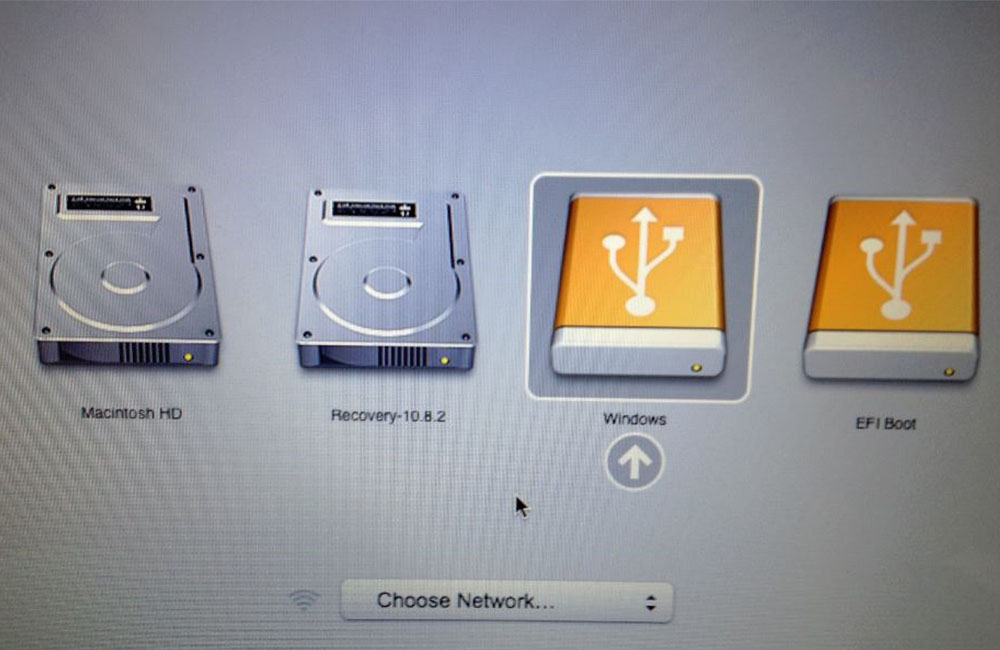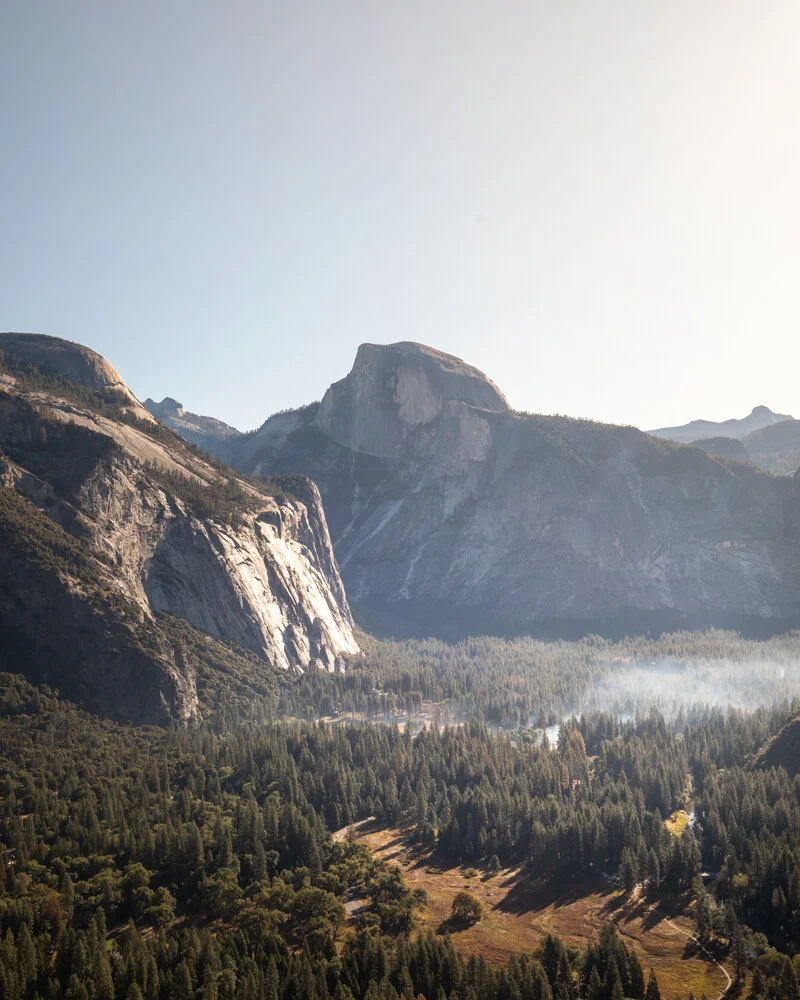
What you need to install Windows 10 on Mac
- MacBook introduced in 2015 or later
- MacBook Air introduced in 2012 or later
- MacBook Pro introduced in 2012 or later
- Mac mini introduced in 2012 or later
Not sure about Boot Camp Assistant, but with my fresh copy of El Capitan running, Parallels with Windows 7 loaded quickly and seems to be fully functional. El Capitan’s Boot Camp-related updates are not just limited to Boot Camp Assistant. There are also changes in how Boot Camp is affected by the new.
- iMac introduced in 2012 or later1
- iMac Pro (all models)
- Mac Pro introduced in 2013 or later
The latest macOS updates, which can include updates to Boot Camp Assistant. You will use Boot Camp Assistant to install Windows 10.
64GB or more free storage space on your Mac startup disk:
- Your Mac can have as little as 64GB of free storage space, but at least 128GB of free storage space provides the best experience. Automatic Windows updates require that much space or more.
- If you have an iMac Pro or Mac Pro with 128GB of memory (RAM) or more, your startup disk needs at least as much free storage space as your Mac has memory.2
An external USB flash drive with a storage capacity of 16GB or more, unless you're using a Mac that doesn't need a flash drive to install Windows.
A 64-bit version of Windows 10 Home or Windows 10 Pro on a disk image (ISO) or other installation media. If installing Windows on your Mac for the first time, this must be a full version of Windows, not an upgrade.
- If your copy of Windows came on a USB flash drive, or you have a Windows product key and no installation disc, download a Windows 10 disk image from Microsoft.
- If your copy of Windows came on a DVD, you might need to create a disk image of that DVD.

How to install Windows 10 on Mac
To install Windows, use Boot Camp Assistant, which is included with your Mac.
1. Check your Secure Boot setting
Learn how to check your Secure Boot setting. The default Secure Boot setting is Full Security. If you changed it to No Security, change it back to Full Security before installing Windows. After installing Windows, you can use any Secure Boot setting without affecting your ability to start up from Windows.
2. Use Boot Camp Assistant to create a Windows partition

Open Boot Camp Assistant, which is in the Utilities folder of your Applications folder. Follow the onscreen instructions.
- If you're asked to insert a USB drive, plug your USB flash drive into your Mac. Boot Camp Assistant will use it to create a bootable USB drive for Windows installation.
- When Boot Camp Assistant asks you to set the size of the Windows partition, remember the minimum storage-space requirements in the previous section. Set a partition size that meets your needs, because you can't change its size later.
3. Format the Windows (BOOTCAMP) partition
When Boot Camp Assistant finishes, your Mac restarts to the Windows installer. If the installer asks where to install Windows, select the BOOTCAMP partition and click Format. In most cases, the installer selects and formats the BOOTCAMP partition automatically.
4. Install Windows
Unplug any external devices that aren't necessary during installation. Then click Next and follow the onscreen instructions to begin installing Windows.
5. Use the Boot Camp installer in Windows
Bootcamp El Capitan Download
After Windows installation completes, your Mac starts up in Windows and opens a ”Welcome to the Boot Camp installer” window. Follow the onscreen instructions to install Boot Camp and Windows support software (drivers). You will be asked to restart when done.
- If the Boot Camp installer never opens, open the Boot Camp installer manually and use it to complete Boot Camp installation.
- If you have an external display connected to a Thunderbolt 3 port on your Mac, the display will be blank (black, gray, or blue) for up to 2 minutes during installation.
How to switch between Windows and macOS
Restart, then press and hold the Option (or Alt) ⌥ key during startup to switch between Windows and macOS.
Learn more
If you have one of these Intel-based Mac models using OS X El Capitan or later, you don't need a USB flash drive to install Windows:
- MacBook introduced in 2015 or later
- MacBook Air introduced in 2017 or later3
- MacBook Pro introduced in 2015 or later3
- iMac introduced in 2015 or later
- iMac Pro (all models)
- Mac Pro introduced in late 2013 or later
To remove Windows from your Mac, use Boot Camp Assistant, not any other utility.
For more information about using Windows on your Mac, open Boot Camp Assistant and click the Open Boot Camp Help button.
1. If you're using an iMac (Retina 5K, 27-inch, Late 2014) or iMac (27-inch, Late 2013) or iMac (27-inch, Late 2012) with a 3TB hard drive and macOS Mojave or later, learn about an alert you might see during installation.
2. For example, if your Mac has 128GB of memory, its startup disk must have at least 128GB of storage space available for Windows. To see how much memory your Mac has, choose Apple menu > About This Mac. To see how much storage space is available, click the Storage tab in the same window.
3. These Mac models were offered with 128GB hard drives as an option. Apple recommends 256GB or larger hard drives so that you can create a Boot Camp partition of at least 128GB.

Some very interesting changes in how Windows is installed in Boot Camp on OS X 10.11 “El Capitan”. When you open Boot Camp Assistant on a new Mac that supports Windows 8 or later, you’ll get the new Boot Camp interface.
Notice the ISO image and partitioning are all on a single screen. Prior to El Capitan, you had to insert a USB Flash Drive and Boot Camp Assistant copied the Windows installer from an ISO disk image to the flash drive, and then downloaded and set up the Windows drivers to the correct location in the installer for the Mac hardware. El Capitan makes this a lot simpler. Just select the ISO and how much space you want from Boot Camp, and then you click Install.
After Boot Camp Assistantd completes, OS X restarts to the Windows installer, and you follow the normal Windows installation.
Behind the Scenes
So how is this possible? Where is the Windows installer if there is no installation media? Boot Camp Assistant doesn’t just create a Boot Camp partition, but also creates an additional partition called “OSXRESERVED” that is FAT32 formatted. It places this partition right after the recovery partition, and before the Boot Camp partition, as shown below.
The command line make this really clear. Partition 1 is the standard EFI partition, partition 2 is the Mac partition, partition 3 is the Recovery partition. All standard stuff. Partition 4 is now the OSXRESERVED partition, and partition 5 is the BOOTCAMP partition. You’ll also notice that disk2 is the Windows install ISO disk image that the Windows install files are copied from.
The OSXRESERVED partition has all the installer files, the Boot Camp drivers for Windows, and the EFI files for booting.
El Capitan Theatre Hollywood Ca
If you are familiar with EFI booting on OS X, you’ll see a familiar setup. The EFI folder on the OSXRESERVED partition is the same one you would normally find on the EFI partition (normally disk0s1). It appears that newer Macs have the ability to detect this partition and present it to Windows as if it were EFI installation media (such as a DVD or USB Flash drive).
So what happens to this partition after you are done installing? During the next boot into OS X, the OSXRESERVED partition is removed and put back into the Core Storage container of the OS X partition:
Note that the Device is disk0s5 since the other partition existed on startup, but then it was deleted. On next reboot, this device will change back to disk0s4, which is the standard device location for a Boot Camp partition.
This setup is not supported on all Macs that run El Capitan. Only hardware that has newer firmware supports this. We did a survey of all the shipping Macs, and here are the ones that support this new slicker setup:
Supported:
- Mac Pro
- MacBook Air 13‑inch
- MacBook Air 11‑inch
- MacBook Pro 13‑inch
- MacBook Pro 15‑inch
Older USB Installation
Boot Camp El Capitan Windows 7
- iMac 21.5″
- iMac 27″
- MacBook Pro 13‑inch
- USB-C MacBook (surprising)
Install Windows 8.1 Boot Camp El Capitan
El Capitan’s Boot Camp-related updates are not just limited to Boot Camp Assistant. There are also changes in how Boot Camp is affected by the new System Integrity Protection (SIP). Tune in tomorrow for the next segment.
Do you have Windows running on your Mac in a Boot Camp partition? Check out Winclone and Boot Runner to backup, migrate, and manage your Boot Camp partition.
Find this article interesting? Let me know what you think by tweeting at me on Twitter: @tperfitt